by Brad Reynolds
As American involvement in Vietnam escalated throughout the 1960s, American military commanders struggled to justify their strategy of attrition and prove that an end to the war was in sight. By the end of 1967, General William Westmoreland, the commander of U.S. military forces in Vietnam, predicted victory just before the North Vietnamese unleashed the Tet Offensive of 1968.
[text_ad]
Like many other senior Allied officials, Westmoreland was caught off guard by the Tet Offensive. Though Tet’s main objective was to spread communist propaganda and motivate the already disheartened South Vietnamese to overthrow the government in Saigon, Westmoreland believed that the American base at Khe Sanh near the Demilitarized Zone (DMZ) was the main objective of the push. As a result, Westmoreland authorized Operation Niagara to “find, fix, and finish” the North Vietnamese that were funneling into South Vietnam via the Ho Chi Minh Trail. According the Westmoreland, the operation was code-named Niagara “to invoke an image of cascading bombs and shells” that would ensue. This concentration of American firepower allowed the Allies to hold on to a crucial forward operating base, central to launching future operations into Loas.
The Siege of Khe Sanh
As a strategic forward operating base situated on Route 9, the principle road from South Vietnam into Loas, Khe Sanh supported an American Special Forces base at Dak To and facilitated intelligence-gathering missions such as Operation Igloo White, which tracked movement along the Hi Chi Minh Trail. Operation Igloo White was able to confirm that in early January of 1968, three North Vietnamese divisions were advancing on the Khe Sanh perimeter. The subsequent siege of Khe Sanh, spanning the next 77 days, was some of the bloodiest fighting in Vietnam.
In defense of Khn Sanh, the “find, fix, and finish” objective of Operation Niagara called for large-scale use of air power to observe and locate the enemy in rough Vietnamese terrain, send in marines to fix them, and finally call in B-52s and other air power to finish the job. This strategy would test the tactical ability of the B-52 to operate within close proximity of besieged allied forces. While B-52s were directed by lazar targeting systems used by ground forces, the U.S. military generally adhered to a three-mile buffer from friendly forces. As Operation Niagara progressed, the North Vietnamese Army (NVA) became aware of this radius, engaging American forces at close proximity to avoid ordinance. As a result, American forces began safely bombing targets within three quarters of a mile from the Khn Sanh base. In all, the B-52s dropped 59,000 tons of bombs out of the total of 98,000 tons dropped, and 160,000 artillery rounds utilized in beating back the NVA and preserving Khe Sanh.
Breaking Out
With the air support and resupply facilitated by Operation Niagara, American Forces were able to break out of the Khe Sanh perimeter by April 1968. Route 9 would not be reopened until 1971 when the South Vietnamese Army used Khe Sanh as a staging point for further operations into Loas. Khe Sanh continued to play a significant strategic role throughout the American drawdown that followed the Tet offensive, as well as a symbol of progressing ‘Vietnamization’ in the early 1970s.
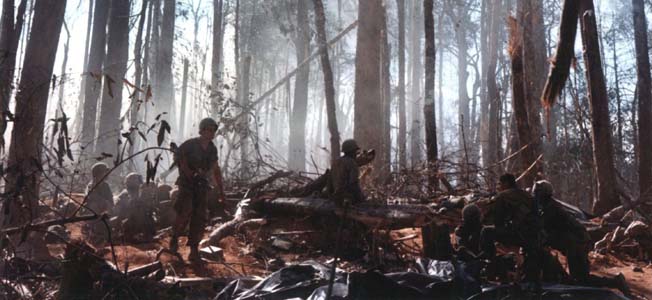
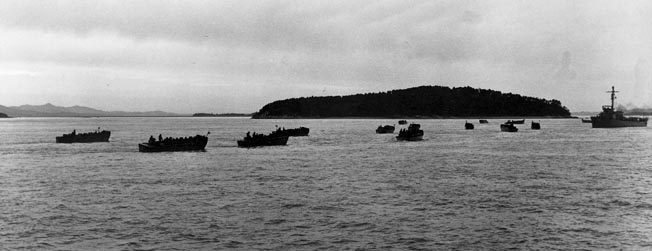
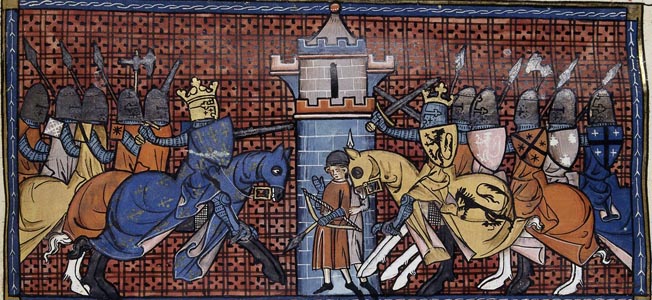
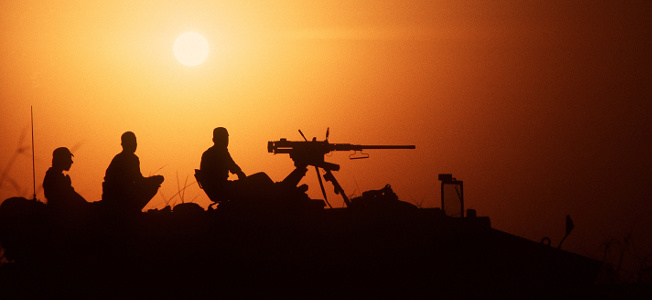
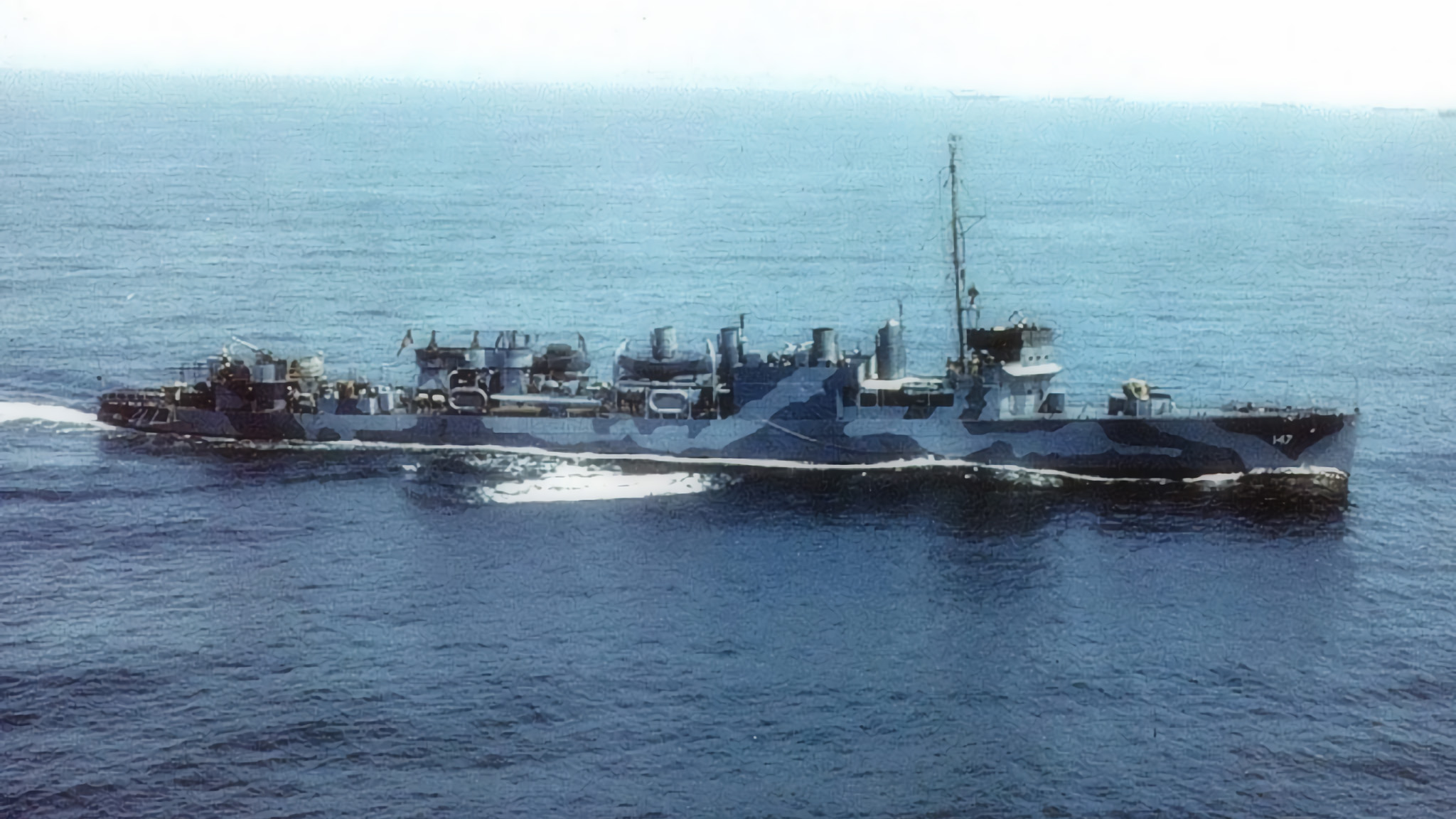
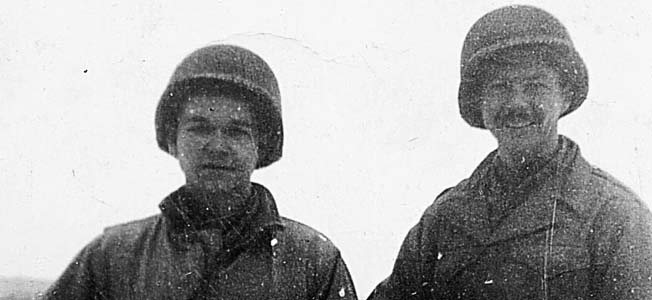
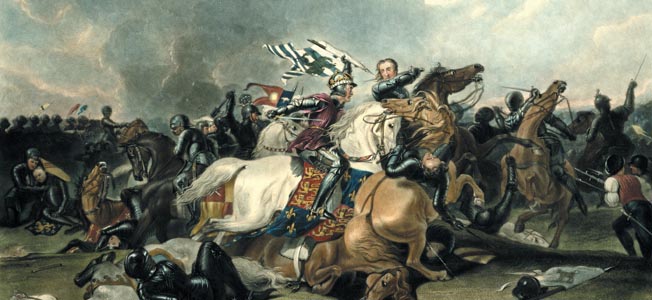
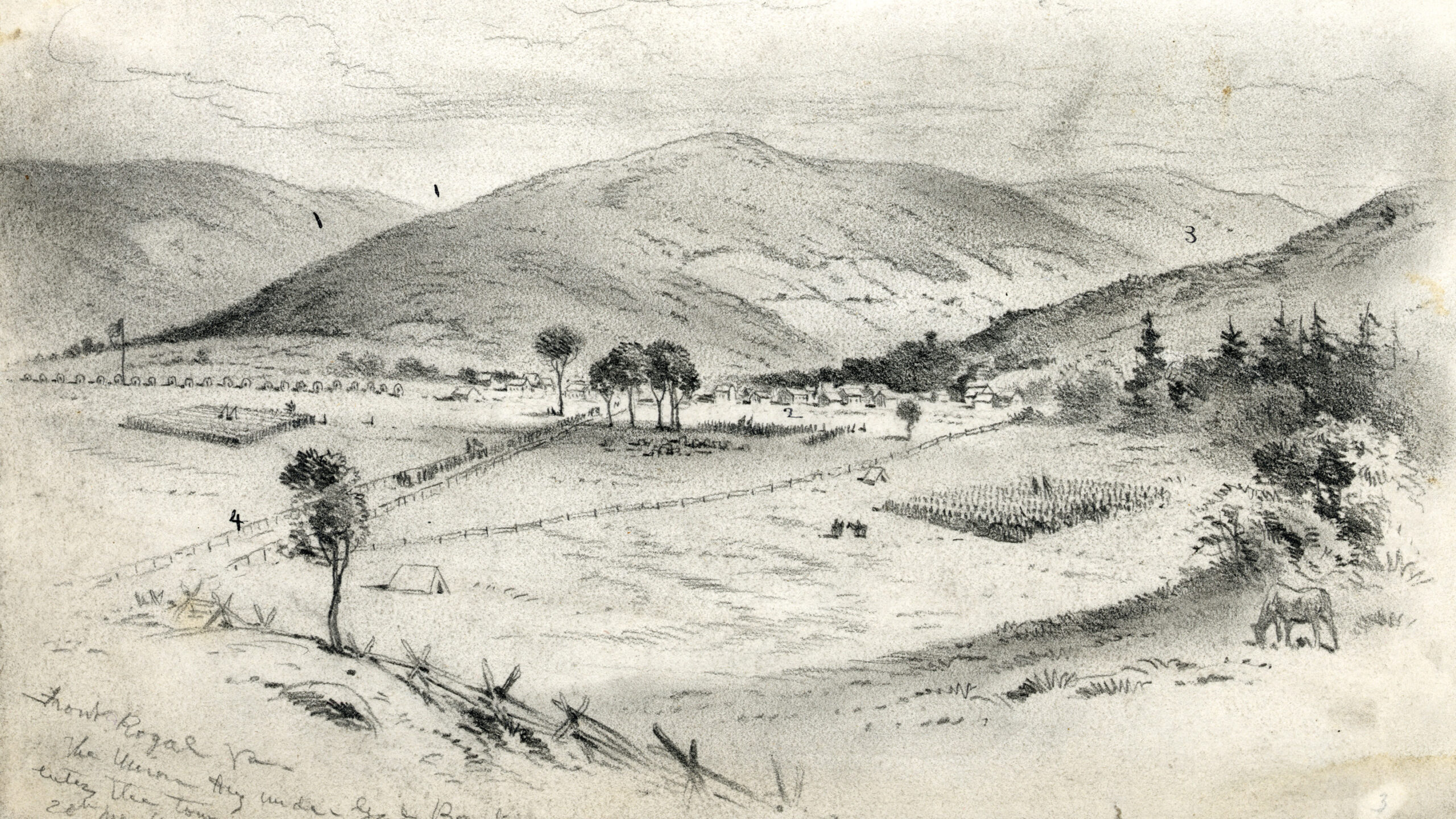
The tactics used at Khn Sanh was invented by Ridgeway in the battle of Chipyong-ni, Korea where superior fire would be used to bleed white the enemy. It was repeated in Diên Biên Phu but the French lacked the fire power and the air-superiority.
The Khn Sanh was a big success tactically. A supposedly minor attack to cover the NVA Spring campaign turned into a blackhole for the NVA manpower.
However, it turned into a death sentence of the South Vietnam when after 6 months of great sacrifice no sooner than the siege was lifted the top brass ordered a hasty abandon of the fire base. I couldn’t tell the shock I had when I heard the news. At that moment I knew the war was lost.
History repeated in 2021 again at Bagram airfield.